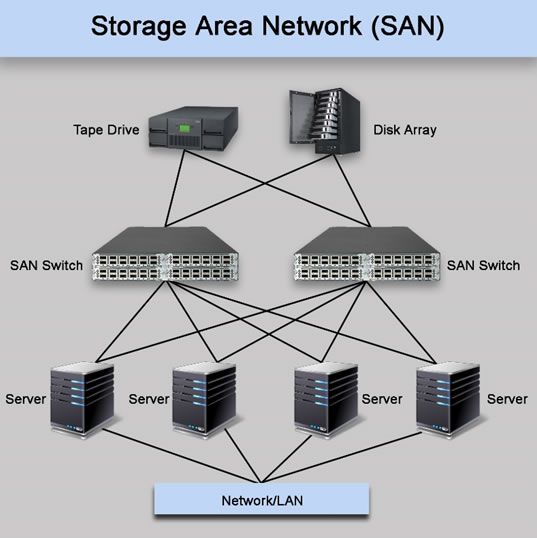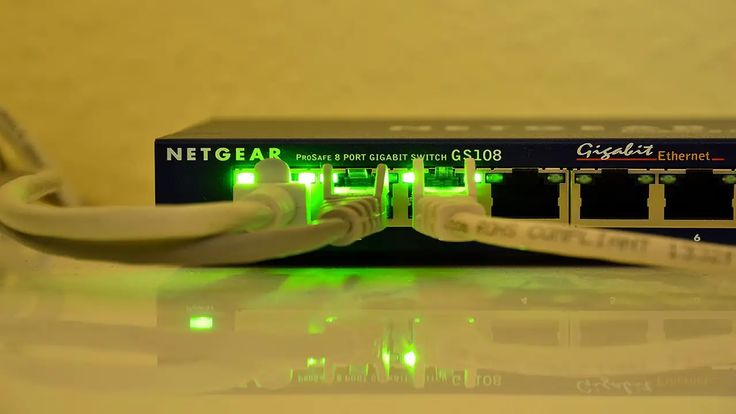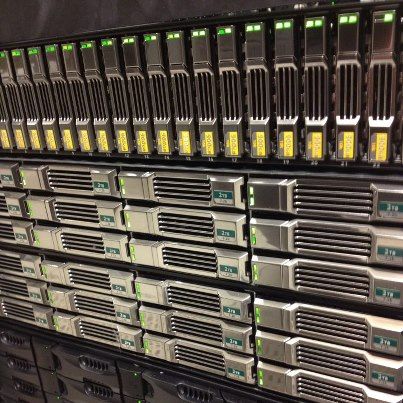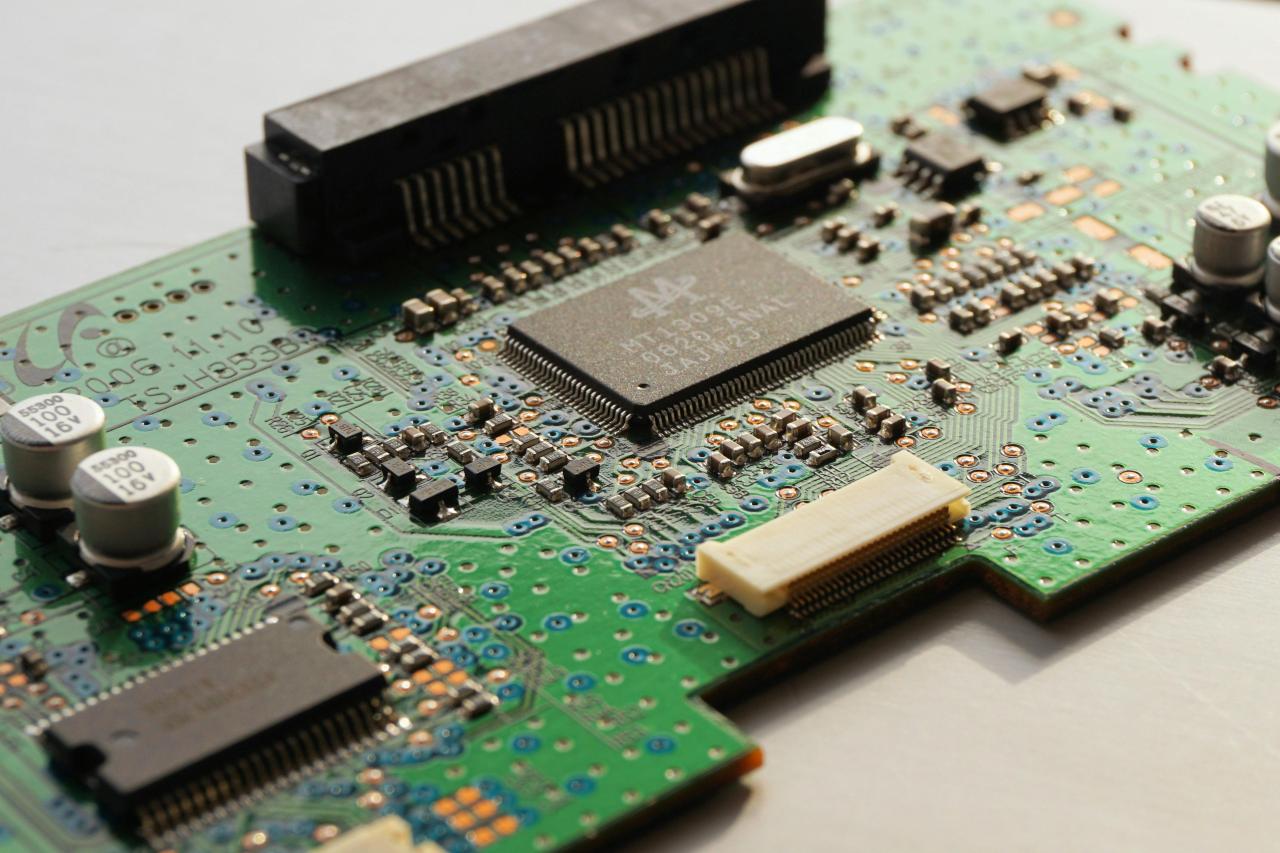In today’s hyper-connected world, data is king. From streaming your favorite shows to managing complex business operations, vast amounts of information are constantly being generated, stored, and accessed. But where does all this data go, and how is it managed efficiently and securely? Enter the Storage Area Network (SAN), a dedicated high-speed network that provides access to consolidated, block-level data storage. Far more than just a place to dump files, SANs represent a significant evolution in data management, offering unparalleled performance, scalability, and reliability for businesses of all sizes.
The Foundation of Modern Data Infrastructure
To truly grasp the significance of SANs, it’s essential to understand the fundamental challenges of data storage in a growing enterprise. Traditionally, servers had their own direct-attached storage (DAS). While simple for individual machines, this approach quickly became unwieldy as the number of servers and the volume of data grew. Data silos emerged, making it difficult to share information, manage backups, and ensure data integrity across the organization.
SANs address these issues by abstracting storage from individual servers, creating a centralized pool of storage resources that can be accessed by multiple servers. Think of it like a library: instead of each person having their own private collection of books, everyone shares a common, organized library. This shared resource offers numerous advantages, fundamentally changing how organizations handle their most valuable asset – data.
Deconstructing the SAN Architecture
A SAN is not a single device but rather a complex ecosystem of interconnected components working in harmony. Understanding these elements is key to appreciating the power and flexibility of a SAN.
A. Host Bus Adapters (HBAs)
These are the network interface cards (NICs) for the SAN. Installed in servers, HBAs convert data requests from the server’s operating system into a format that the SAN can understand, typically Fibre Channel or iSCSI. They are crucial for high-speed data transfer between the server and the SAN.
B. Fibre Channel Switches
Fibre Channel (FC) is the backbone of many high-performance SANs. FC switches are specialized networking devices that connect servers to storage devices. They provide a dedicated, high-speed, low-latency network for storage traffic, ensuring that data moves quickly and efficiently without contending with other network traffic.
C. Storage Controllers
These are the brains of the storage arrays within the SAN. Storage controllers manage the actual data on the disks, handling tasks such as data caching, RAID configuration, and data replication. They are responsible for presenting logical units (LUNs) – blocks of storage – to the servers.
D. Storage Arrays (Disk Arrays)
These are the physical storage devices themselves, comprising multiple hard disk drives (HDDs) or solid-state drives (SSDs) organized into RAID (Redundant Array of Independent Disks) configurations. Storage arrays provide the raw capacity and often include advanced features for data protection, performance optimization, and thin provisioning.
E. Cabling
High-quality cabling is essential for SAN performance. Fibre Channel SANs typically use fiber optic cables for long distances and high speeds, while iSCSI SANs can leverage standard Ethernet cabling.
F. SAN Management Software
This software provides a centralized interface for configuring, monitoring, and managing the entire SAN infrastructure. It allows administrators to provision storage, monitor performance, identify bottlenecks, and automate various storage-related tasks.
The Advantages of a Storage Area Network
The adoption of SANs offers a multitude of benefits that directly impact a business’s operational efficiency, data security, and long-term scalability.
A. Enhanced Performance and Speed
One of the primary drivers for SAN adoption is performance. By separating storage traffic onto a dedicated network, SANs eliminate congestion that can plague traditional shared networks. Fibre Channel, in particular, offers extremely low latency and high throughput, making it ideal for demanding applications like databases, virtualization, and video editing that require rapid access to large volumes of data.
B. Superior Scalability
SANs are inherently designed for scalability. As data requirements grow, organizations can easily add more storage arrays, disks, or even entire SAN fabrics without disrupting existing operations. This “pay-as-you-grow” model prevents over-provisioning and ensures that storage infrastructure can evolve with the business.
C. Improved Data Availability and Reliability
Data loss can be catastrophic for any business. SANs significantly enhance data availability and reliability through various mechanisms:
- Redundancy: Components like HBAs, switches, and storage controllers can be deployed in redundant configurations, eliminating single points of failure.
- RAID: Storage arrays utilize RAID levels to protect data against disk failures.
- Data Replication: SANs facilitate data replication to remote locations for disaster recovery purposes, ensuring business continuity even in the event of a major outage.
- Path Redundancy: Multiple paths between servers and storage arrays further enhance fault tolerance.
D. Centralized Management and Efficiency
Managing disparate direct-attached storage across numerous servers is a logistical nightmare. SANs centralize storage management, allowing administrators to provision, monitor, and manage all storage resources from a single console. This streamlined approach reduces operational overhead, improves efficiency, and minimizes the chances of human error.
E. Optimized Resource Utilization
With a SAN, storage resources are pooled and shared, leading to better utilization. Instead of having underutilized storage on individual servers, the SAN allows for dynamic allocation of storage capacity as needed, reducing wasted space and maximizing the return on investment in storage hardware.
F. Enhanced Data Security
While the SAN itself is a network, it provides a more secure environment for data by isolating storage traffic. Features like LUN masking and zoning allow administrators to control which servers can access specific storage resources, preventing unauthorized access and enhancing data security.
G. Simplified Backup and Recovery
Centralized storage simplifies backup and recovery processes. Instead of backing up each server individually, administrators can implement comprehensive backup strategies at the SAN level, leveraging technologies like snapshots and replication to ensure rapid recovery in case of data loss or system failure.
Types of SAN Technologies
While the core concept of a SAN remains consistent, different underlying technologies facilitate its operation.
A. Fibre Channel SAN (FC SAN)
FC SANs are the traditional and often most performant type of SAN. They use Fibre Channel protocol over fiber optic cables to create a dedicated, high-speed network for storage traffic. FC SANs are renowned for their low latency and high throughput, making them ideal for mission-critical applications.
B. iSCSI SAN
iSCSI (Internet Small Computer System Interface) SANs leverage standard Ethernet networks and the TCP/IP protocol to transport SCSI commands. This makes iSCSI SANs more cost-effective to implement as they can utilize existing network infrastructure. While typically not as performant as FC SANs for the most demanding workloads, iSCSI SANs offer a compelling balance of performance and affordability, making them suitable for a wide range of applications.
C. Fibre Channel over Ethernet (FCoE)
FCoE attempts to converge Fibre Channel and Ethernet traffic onto a single network infrastructure. It encapsulates Fibre Channel frames within Ethernet packets, allowing organizations to run both LAN and SAN traffic over the same cabling. FCoE aims to simplify networking infrastructure and reduce costs by eliminating the need for separate FC switches.
Use Cases for Storage Area Networks
SANs are deployed across various industries and for numerous applications where high performance, scalability, and data availability are paramount.
A. Virtualization Environments
Server virtualization platforms like VMware vSphere, Microsoft Hyper-V, and Citrix XenServer heavily rely on SANs. SANs provide a shared storage pool for virtual machines, enabling features like live migration (vMotion), high availability, and simplified VM provisioning.
B. Database Systems
Relational databases (e.g., Oracle, SQL Server, MySQL) require extremely fast I/O performance. SANs provide the low latency and high throughput necessary to support transactional workloads and ensure rapid data retrieval and processing.
C. Enterprise Resource Planning (ERP) and Customer Relationship Management (CRM) Systems
Large-scale ERP and CRM applications manage vast amounts of critical business data. SANs provide the robust and scalable storage infrastructure required to support these demanding systems, ensuring smooth operations and efficient data access for thousands of users.
D. Data Warehousing and Business Intelligence
Analyzing massive datasets for business intelligence and data warehousing requires high-speed access to aggregated information. SANs provide the performance needed to execute complex queries and generate timely insights.
E. Media and Entertainment
Industries dealing with large media files, such as video editing, animation, and broadcasting, benefit immensely from SANs. The high bandwidth and low latency are crucial for manipulating and streaming large uncompressed files.
F. Scientific Research and High-Performance Computing (HPC)
Scientific simulations, genomic sequencing, and other HPC applications generate and process enormous datasets. SANs provide the necessary storage capacity and performance to handle these computationally intensive workloads.
The Future of Storage Area Networks
The storage landscape is constantly evolving, driven by new technologies and increasing data demands. While cloud computing and software-defined storage (SDS) are gaining prominence, SANs continue to play a vital role, often in hybrid environments.
A. Integration with Cloud and Hybrid Cloud
Many organizations are adopting hybrid cloud strategies, combining on-premises infrastructure with public cloud services. SANs are integrating with cloud storage gateways and data fabric solutions to enable seamless data movement and management across these diverse environments.
B. Software-Defined Storage (SDS)
SDS separates the storage control plane from the underlying hardware, allowing for greater flexibility, automation, and cost efficiency. While SANs traditionally rely on hardware-centric management, SDS principles are increasingly being applied to SAN environments, enabling more agile and programmable storage infrastructure.
C. Non-Volatile Memory Express (NVMe) over Fabrics (NVMe-oF)
NVMe-oF is an emerging technology designed to deliver the high performance of NVMe solid-state drives over a network. It promises even lower latency and higher throughput than traditional Fibre Channel, potentially revolutionizing high-performance SAN deployments.
D. Artificial Intelligence (AI) and Machine Learning (ML) Workloads
The exponential growth of AI and ML requires massive datasets and extreme I/O performance. Future SANs will need to be optimized to handle these unique workloads, providing the necessary speed and scalability for AI training and inference.
Implementing and Managing a SAN
Deploying a SAN is a significant undertaking that requires careful planning and expertise.
A. Planning and Design
This crucial phase involves assessing current and future storage needs, identifying performance requirements, choosing the appropriate SAN technology (FC vs. iSCSI), designing the network topology, and planning for redundancy and disaster recovery.
B. Hardware Procurement
Selecting the right HBAs, switches, storage arrays, and cabling is essential. Considerations include performance specifications, scalability options, vendor support, and cost.
C. Installation and Configuration
Physical installation of hardware, cabling, and initial configuration of switches, storage controllers, and LUNs. This often involves zoning and LUN masking to control access.
D. Integration with Servers
Configuring servers to recognize and access the SAN-provided storage. This includes installing HBA drivers and multi-pathing software to ensure high availability and load balancing.
E. Monitoring and Maintenance
Ongoing monitoring of SAN performance, capacity utilization, and health is critical. Regular maintenance, firmware updates, and troubleshooting ensure the SAN operates optimally and reliably.
F. Security Best Practices
Implementing robust security measures, including access controls, encryption, and regular security audits, is vital to protect the sensitive data residing on the SAN.
Conclusion
The evolution of data management is intrinsically linked to the advancements in storage technologies. Storage Area Networks stand as a testament to this evolution, transforming how organizations store, access, and protect their critical information. By offering unparalleled performance, scalability, and availability, SANs have become an indispensable component of modern IT infrastructure, supporting everything from virtualized environments to mission-critical databases. As data continues to explode in volume and complexity, the ongoing innovation in SAN technologies, particularly with the advent of NVMe-oF and tighter integration with cloud and SDS, ensures that SANs will remain at the forefront of efficient and reliable data management for the foreseeable future. Investing in a robust SAN solution is not just about storing data; it’s about empowering businesses to leverage their data for competitive advantage, driving innovation, and ensuring long-term success in the digital age.














